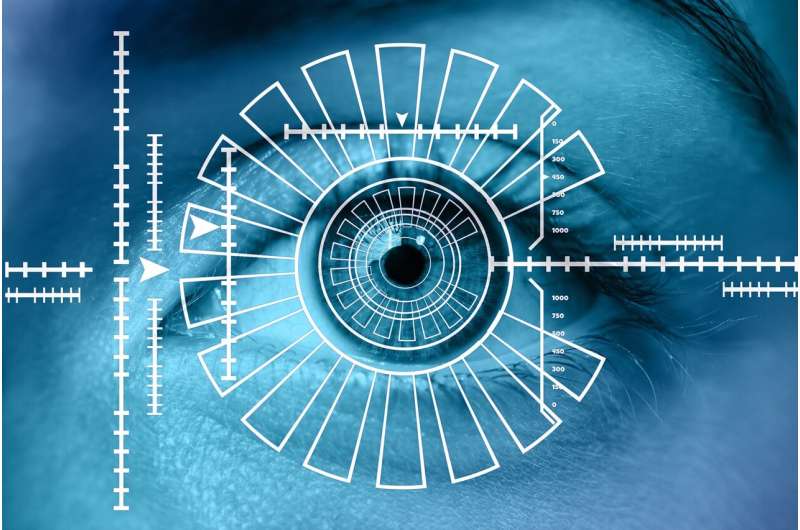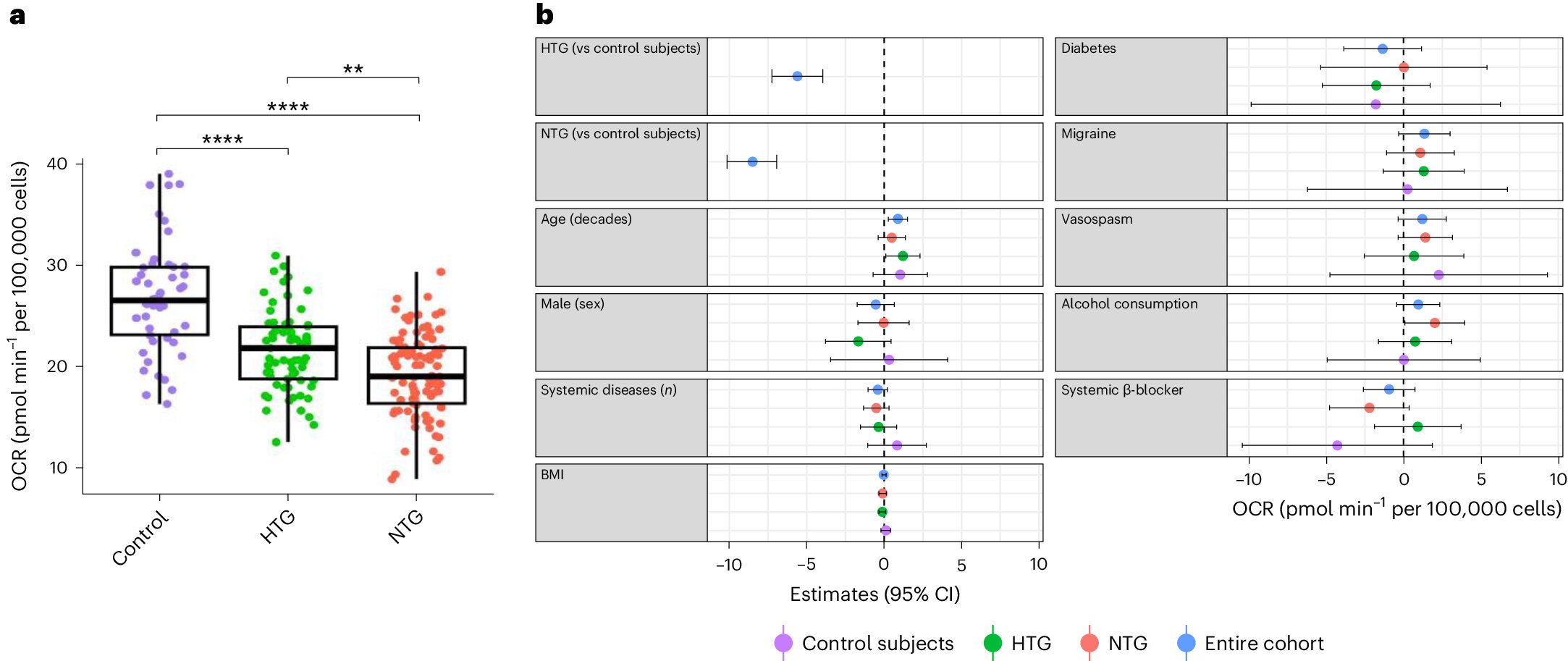
Eye care specialists could see artificial intelligence help in diagnosing infectious keratitis (IK), a leading cause of corneal blindness worldwide, as a new study finds that deep learning models showed similar levels of accuracy in identifying infection.
In a meta-analysis study published in eClinicalMedicine, Dr. Darren Ting from the University of Birmingham conducted a review with a global team of researchers analyzing 35 studies that utilized deep learning (DL) models to diagnose infectious keratitis.
AI models in the study matched the diagnostic accuracy of ophthalmologists, exhibiting a sensitivity of 89.2% and specificity of 93.2%, compared to ophthalmologists’ 82.2% sensitivity and 89.6% specificity.
The models in the study analyzed more than 136,000 corneal images combined, and the authors say that the results further demonstrate the potential use of AI in clinical settings.
Dr. Ting, Senior author of the study, Birmingham Health Partners (BHP) Fellow and Consultant Ophthalmologist, University of Birmingham said, “Our study shows that AI has the potential to provide fast, reliable diagnoses, which could revolutionize how we manage corneal infections globally. This is particularly promising for regions where access to specialist eye care is limited, and can help to reduce the burden of preventable blindness worldwide.”

The AI models also proved effective at differentiating between healthy eyes, infected corneas, and the various underlying causes of IK, such as bacterial or fungal infections.
While these results highlight the potential of DL in health care, the study’s authors emphasized the need for more diverse data and further external validation to increase the reliability of these models for clinical use.
IK, an inflammation of the cornea, affects millions, particularly in low- and middle-income countries where access to specialist eye care is limited. As AI technology continues to grow and play a pivotal role in medicine, it may soon become a key tool in preventing corneal blindness globally.
More information:
Zun Zheng Ong et al, Diagnostic performance of deep learning for infectious keratitis: a systematic review and meta-analysis, eClinicalMedicine (2024). DOI: 10.1016/j.eclinm.2024.102887
Citation:
AI as accurate as ophthalmologists in diagnosing corneal infections, study finds (2024, October 22)
retrieved 23 October 2024
from https://medicalxpress.com/news/2024-10-ai-accurate-ophthalmologists-corneal-infections.html
This document is subject to copyright. Apart from any fair dealing for the purpose of private study or research, no
part may be reproduced without the written permission. The content is provided for information purposes only.




